Cheney Center
NOW OPEN
Come into the cozy warmth of the Cheney Discovery Center – behind Kids’ Trek – and encounter a tiny new world. Discover reptiles like the gopher snake, amphibians like the Western toad, and gastropods like the banana slug, king of slimy invertebrates.
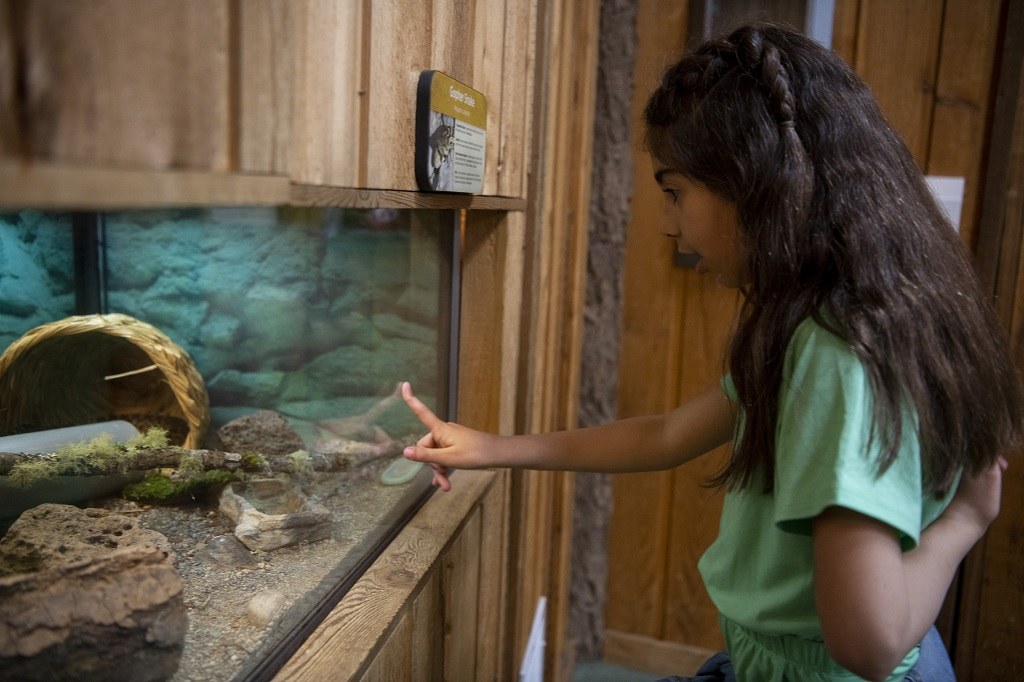
Hands-on Learning
While the animals are fun to watch, there is plenty more to do in the Cheney Discovery Center! Grab a book and enjoy the reading nook, play in a puppet theater, visit the activity table with games and puzzles and more. While the center is good for all ages, the activities are best suited for children ages 3-8. Learn while you play: an on-site naturalist or volunteer will be available to answer questions about any of the animals in the wildlife park.
Animals
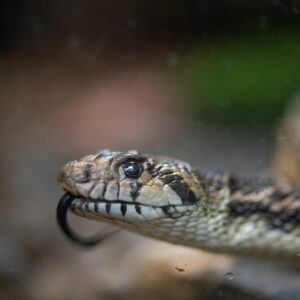
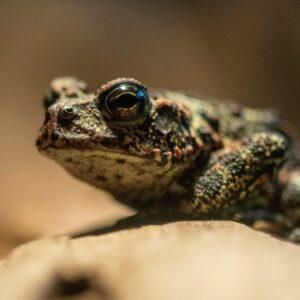
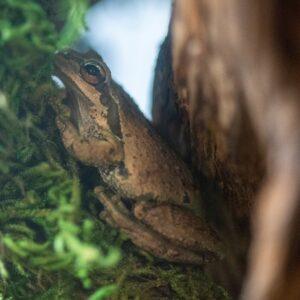
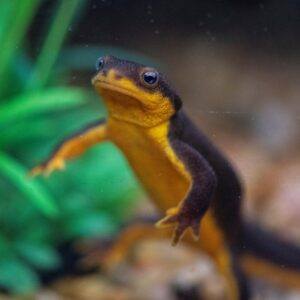
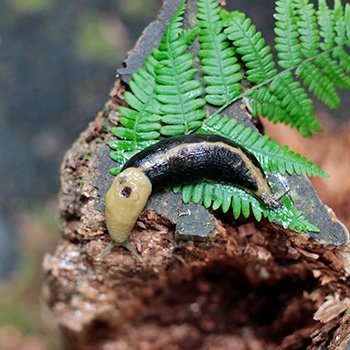
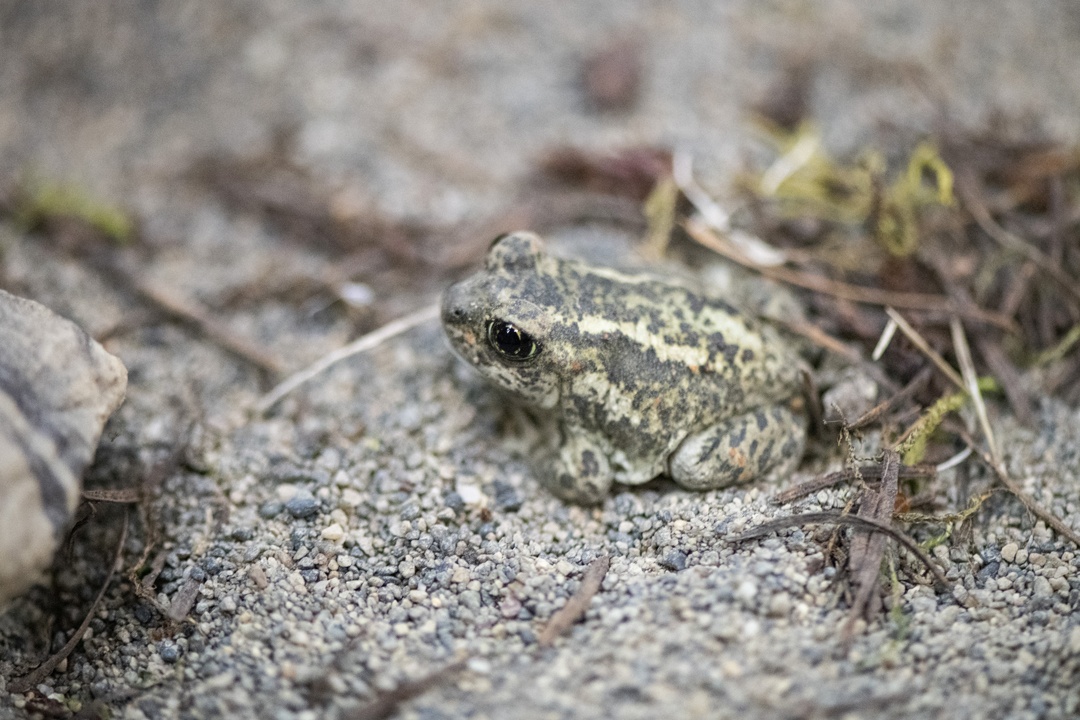 Great Basin Spadefoot Toad
Great Basin Spadefoot Toad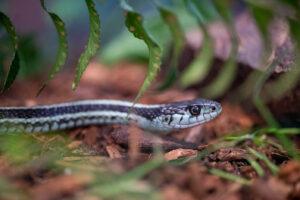 Garter Snake
Garter Snake